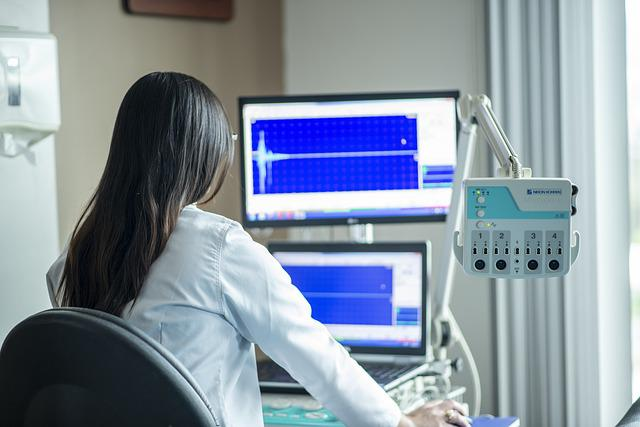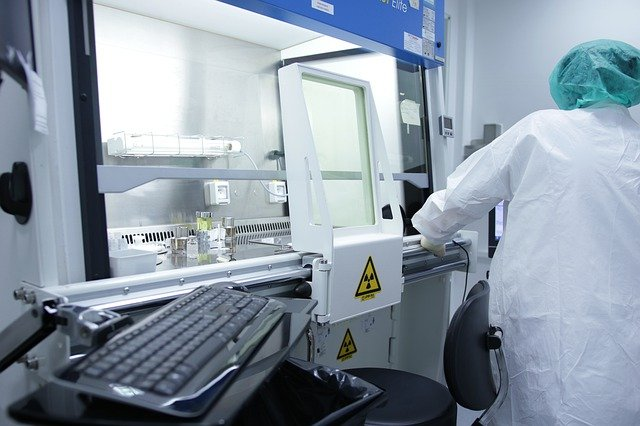What Are Medical Equipment Loans?
Medical equipment loans can help healthcare providers grow and upgrade their services. Equipment financing enables you to equip your facility with the best products from reputable medical manufacturers.
An equipment loan is similar to a standard bank loan, except you can use the equipment as collateral. Financing agreements can be structured with low monthly payments and flexible terms to accommodate practice budgets.
Loan Collateral
Using the equipment as collateral helps mitigate the equipment lender’s risk. Lower risk means lenders are more likely to provide financing, often with higher loan amounts and competitive rates. In addition, it can increase your chances of approval. Many lenders do not require personal collateral for medical equipment financing options.
Equipment You Can Obtain
Here are just a few examples of the medical devices and equipment you can purchase with medical equipment financing:
-
MRI, CT Scans, and other medical imaging equipment
-
Hospital beds and pressure mattresses
-
EKG/EEG machines
-
Pharmacy equipment
-
Patient monitors
-
Defibrillators
How Do Medical Equipment Financing Programs Work?
Healthcare equipment financing is similar to other types of loans. Determine the amount you need for the new equipment, locate a lending institution, and submit your application.
Equipment Loan Terms
Medical equipment finance typically includes:
-
Loan amounts up to $5 million per piece of equipment.
-
Loan terms of 1-6 years.
-
Rates typically start at PRIME + 3.5%.
-
3-10 days for funding.
Once approved, the funds are disbursed to the vendor for the purchase of the equipment. You then repay the loan on a weekly or monthly basis, depending on the loan terms.
How do you qualify for Healthcare Equipment Financing?
One of the advantages of medical or business equipment financing is the use of the equipment as collateral, which lowers the threshold required for approval.
Loan Requirements
Typically, you will need:
-
A credit score of 600 or better.
-
Minimum of 1 year in business.
-
Annual revenue of $250,000.
The exact requirements depend on the loan amount and the lender.
How to Apply for a Medical Equipment Loan:
You can apply for medical equipment financing through our lender network by following these steps:
Step 1 – Apply online in a few minutes: Use our simple online application to submit a request for business funding. If you need any assistance along the way, please don’t hesitate to contact us by phone, chat, or email.
Step 2 – Get expert advice on loan options: An expert, knowledgeable account executive will walk you through all the fine details and requirements. This is to ensure you have all the info you need.
Step 3 – Finalize your application and get funded: Once your funding has been approved and disbursed, the lender sends the funds to your account, allowing you to start using them to grow your business.
What are the benefits of Medical Equipment Financing?
Medical equipment financing offers a cost-effective way to acquire essential tools and technology without depleting cash reserves. It allows healthcare providers to preserve working capital, access up to 100% financing, and stay current with the latest equipment innovations.
Predictable payments and potential Section 179 tax advantages can enhance budgeting and alleviate financial strain. With fast approvals and flexible terms, providers can scale their operations quickly, meet patient demand, and improve care quality while maintaining a healthy cash flow to support other business needs.
What are the drawbacks of Medical Equipment Financing?
While medical equipment financing can be a helpful tool, it’s not without downsides. You may pay more in interest over time compared to buying outright, especially if you don’t secure favorable terms. Some lenders require a personal guarantee or down payment, and not all financing covers used or refurbished equipment.
There’s also a risk of being tied to long-term payments for equipment that may become obsolete before the loan is repaid. Additionally, monthly obligations can strain cash flow if revenue fluctuates.
Medical Equipment Financing Pros & Cons
Pros:
-
Preserves working capital
-
Access to high-cost equipment without large upfront payments
-
Fast approvals and flexible terms
-
Potential tax benefits and predictable budgeting
-
Helps keep up with technology and patient needs
Cons:
-
The total cost may be higher due to interest
-
The risk of financing equipment that becomes outdated
-
Some loans may require a down payment or personal guarantee
-
Monthly payments can impact cash flow during slow periods
-
Limited options for used or refurbished equipment
Frequently Asked Questions
Here are the most common questions about medical equipment financing.
Is It Better to Lease or Finance Medical Equipment?
Both medical equipment leasing and medical equipment financing have their own sets of benefits and risks. With a medical equipment loan, you own the equipment outright at the end of the financing term. On the other hand, there is a chance that the equipment could be outdated by the end of the loan term.
Medical equipment leasing typically offers lower monthly payments with fixed lease payments. If the equipment breaks down, you can replace it, or the leasing company will fix it. Medical equipment leasing is valuable for smaller institutions, as it allows them to acquire necessary equipment without incurring heavy upfront costs. However, you don’t own the equipment.
Ultimately, it comes down to your unique business needs. There are other factors to consider, such as the lifetime value of the medical equipment, how to manage the monthly payments, and which types of equipment will help you deliver the best outcomes for your patients.
What are the Alternative Financing Solutions to Medical Equipment Loans?
There is no shortage of funding options for medical equipment or other business needs. Here are some other financing options to consider:
-
Accounts Receivable Financing: Accounts receivable financing, also known as invoice factoring, enables you to access cash by selling unpaid invoices. It’s an effective solution for healthcare providers waiting on insurance or patient payments, helping bridge cash flow gaps.
-
Business Term Loans: Business term loans offer a lump sum of capital that is repaid over a fixed period with regular payments. They’re ideal for large purchases, such as equipment, or for funding long-term investments in your practice.
-
Working Capital Loans: Working capital loans provide short-term funding to cover day-to-day operational expenses, including payroll, rent, and supply purchases. These loans can help maintain smooth operations during seasonal slowdowns or cash flow gaps.
-
Business Line of Credit: A business line of credit offers flexible credit lines that you can draw from as needed, only paying interest on the amount used. It’s an excellent option for ongoing expenses or unexpected equipment repairs.
-
Small Business Administration (SBA) Loans: SBA loans are government-backed loans that offer competitive rates, extended terms, and high borrowing amounts. They’re a good fit for established healthcare businesses with strong financials.
-
Reveue Based Financing: Revenue based financing provides funds in exchange for a percentage of future revenue, with repayment amounts adjusting based on your earnings. This option is well-suited for practices with steady revenue but limited collateral or credit.
If you aren’t sure what loan type is best for your business, our loan experts can help guide you.
Are there Medical Equipment Financing Options for Bad Credit?
Since the medical equipment is used as collateral in the loan, lenders are typically willing to work with borrowers who don’t have excellent credit. There are additional things you can do to help offset poor credit and still get approved. If you’re having trouble finding a lender, you could try:
-
Making a down payment.
-
Getting a co-signer.
-
Offering additional collateral.
Medical Equipment Financing – Final Thoughts
Medical equipment financing enables healthcare practices to purchase equipment without incurring steep upfront costs, thereby preserving their cash flow and financial stability. This form of healthcare financing can benefit a diverse range of practices and healthcare systems, from large hospitals to ambulatory surgery centers.
If you’re a small business owner of a healthcare practice, carefully weigh your equipment financing options. Compare terms and rates from various equipment financing lenders to find the best deal for your medical practice.
Contact us if you have more questions about healthcare equipment financing or if you’re ready to apply for a small business loan. Our alternative financing experts can help you find the best funding solutions for your medical practice.

















